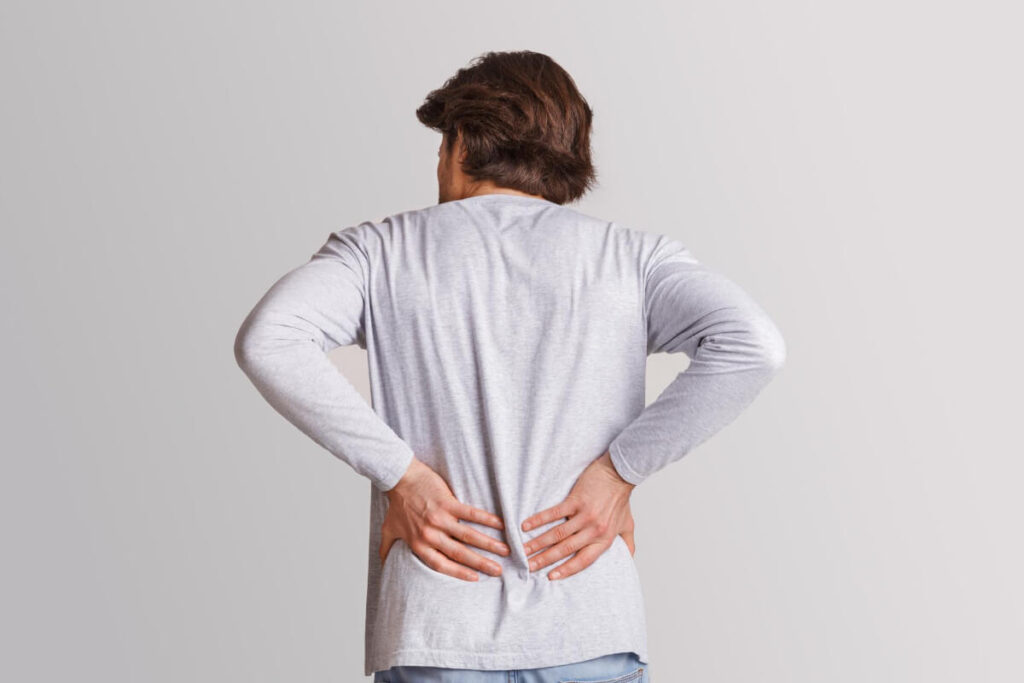How to Prevent Scar Tissue After Hip Arthroscopy?

Hip arthroscopy is a minimally invasive surgery used to treat labral tears, femoroacetabular impingement (FAI), and cartilage damage.
While most patients recover well, some may develop scar tissue (adhesions) inside the joint. These adhesions can limit mobility, cause stiffness, and slow down recovery.
The good news is that there are proven strategies to reduce the risk of scar tissue formation after surgery.
Why Does Scar Tissue Form After Hip Arthroscopy?
Scar tissue is part of the body’s natural healing process. However, in the hip joint, excessive adhesions can cause problems. Risk factors include:
- Limited movement after surgery
- Inflammation or swelling
- Multiple or complex procedures
- Delayed rehabilitation
Strategies to Prevent Scar Tissue After Hip Arthroscopy
1. Early, Gentle Movement
- Controlled mobility exercises soon after surgery help keep the joint from stiffening.
- Your physiotherapist will guide you through safe range-of-motion exercises.
2. Structured Physiotherapy
- A tailored rehabilitation program is key.
- Includes stretching, strengthening, and gradual progression to weight-bearing activities.
- Helps break down scar tissue and promotes healthy healing.
3. Use of Continuous Passive Motion (CPM) Machines
- In some cases, surgeons recommend CPM machines to keep the hip moving in the early stages of recovery.
- This reduces the risk of adhesions forming.
4. Swelling and Pain Control
- Ice therapy (cryotherapy) helps limit inflammation, which can contribute to scar tissue formation.
- Medications prescribed by your surgeon also support recovery.
5. Avoiding Prolonged Immobilisation
- Staying inactive for too long increases the risk of adhesions.
- Even simple movements like ankle pumps and gentle walking (when cleared) encourage circulation and healing.
6. Regular Follow-Up with Your Surgeon
- Monitoring progress ensures any early signs of scar tissue can be addressed quickly.
- In some cases, targeted treatments such as injections or further physiotherapy may be recommended.
What If Scar Tissue Still Develops?
Despite best efforts, some patients may still develop adhesions. Symptoms include:
- Persistent hip stiffness
- Pain during movement
- Limited range of motion
Treatment options include intensified physiotherapy, corticosteroid injections, or, in rare cases, a revision hip arthroscopy to remove the scar tissue.
Conclusion
Preventing scar tissue after hip arthroscopy relies on early movement, structured physiotherapy, swelling control, and consistent follow-up care. These steps help reduce the risk of adhesions, allowing for smoother recovery and a quicker return to normal activity.
Working closely with your surgeon and physiotherapist ensures the best possible outcome after hip arthroscopy.
